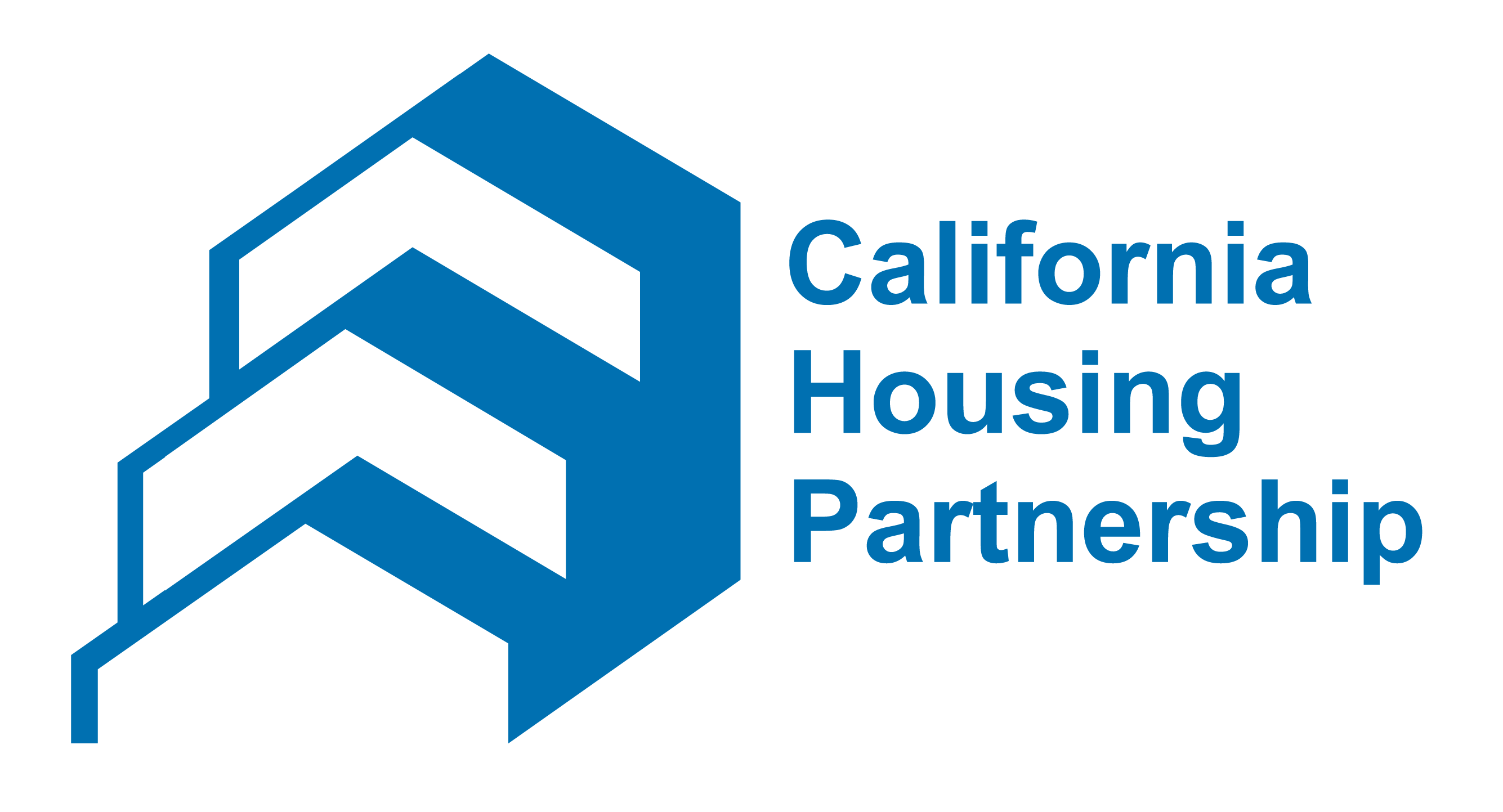In order to meet climate goals set by the state, cities across California have passed, or are considering efforts to pass, new local building energy codes aimed at decarbonizing new and existing buildings. These will have significant implications for the state’s multifamily affordable housing stock. State agencies such as the California Air Resources Board (CARB) and the California Energy Commission (CEC) are considering a range of zero-emission and electrification requirements that seek to phase out gas infrastructure and mandate renewable energy measures, such as rooftop solar in the coming years.
Under the most recent Title 24 standards, affordable housing funding programs such as the Low Income Housing Tax Credit (LIHTC) and Affordable Housing and Sustainable Communities (AHSC) programs have begun encouraging building electrification by allocating points on applications for all-electric developments. These policy trends indicate a shift by state and local leaders away from natural gas infrastructure toward renewable energy, and they also suggest that building decarbonization will be a requirement that affordable housing providers must contend with in the near future.
The California Housing Partnership’s Sustainable Housing Team has been following these policy updates closely, soliciting feedback from affordable housing providers, and advocating to ensure that the needs of low-income renters and the nonprofit affordable housing providers who serve them are prioritized in equitably implementing decarbonization policies at every level. In the fall of 2021, the Partnership hosted two major decarbonization events:
2021 Affordable Housing Building Decarbonization Summit
The Partnership’s second annual 2021 Affordable Housing Decarbonization Summit, generously supported by the Wells Fargo Foundation, convened nonprofit affordable housing providers of the Partnership’s GREEN Network, government agencies, and other stakeholders as a follow up to the first summit from 2020 to discuss the practical challenges and policy implications of electrifying affordable housing and meeting sustainability goals. Summary findings from the 2021 summit will be released by the Partnership in early 2022.
2021 SCANPH Conference Workshop: Economics of Building Decarbonization for Affordable Housing
At the 2021 SCANPH Conference, the Partnership moderated a panel with representatives from National CORE, Community HousingWorks, Clifford Beers Housing, and the Association for Energy Affordability to share first-hand knowledge in navigating the process of building electrification. This included highlighting long-term financial benefits and exploring strategies to address the technical issues faced. The panel consisted of affordable housing and clean energy experts.
Key takeaways from these roundtables:
- Building electrification should be standard for new construction. For existing buildings, electrification is more difficult. At this point, all-electric new construction should be cost neutral for affordable housing if planned for well in advance with expert technical assistance. Electrifying existing buildings still comes with a broad set of challenges including lack of space for solar photovoltaics (PV), aging buildings with deferred maintenance, and the lack of operating reserves that can be utilized for retrofits at existing buildings.
- Leveraging multiple clean energy funding programs is key to building decarbonization for affordable housing. The ability to leverage and stack funding from different programs and increase the overall incentive amounts is the mechanism that allows electrification to become financially feasible for affordable housing operators. Additionally, the wide-ranging technical assistance provided by clean energy programs such as LIWP and SOMAH is key to the process of leveraging additional sources of funding.
- Increased funding resources and free, robust technical assistance are necessary to make decarbonization mandates workable. Affordable housing operators often do not have sufficient contingencies or reserves to pay for the higher upfront and long-term operating costs typically incurred in all-electric buildings beyond what existing incentive programs offer. New funding sources are needed, especially for existing buildings where the cost of installing electric infrastructure is typically infeasible without funding to cover the full cost. Free technical assistance is also necessary for housing operators to work through the challenges of transitioning their portfolios.
- Affordable housing providers should start planning for resiliency measures like battery storage now. While resiliency technology might be financially infeasible in some cases, housing providers should begin planning for these measures by training staff and designing new construction to include space and capacity for battery storage.
Overview of the recently approved electrification program, Comprehensive Affordable Multifamily Retrofit (CAMR), for low-income tenants in Los Angeles
The Los Angeles Department of Water and Power (LADWP) Board of Commissioners recently approved the CAMR program which will provide $75 million over five years toward incentives for electric infrastructure retrofits for low-income multifamily affordable housing. As part of the RePower and EEFA LA coalitions, the Partnership’s Sustainable Housing team has advocated for these funds to benefit operators and tenants of affordable housing for more than five years. The CAMR program is expected to launch in early 2022, and could potentially serve as a strong case study for other jurisdictions or the state to implement a similar program.
For more information, please contact Blanca de la Cruz, Sustainable Housing Program Director at bdelacruz@chpc.net.

